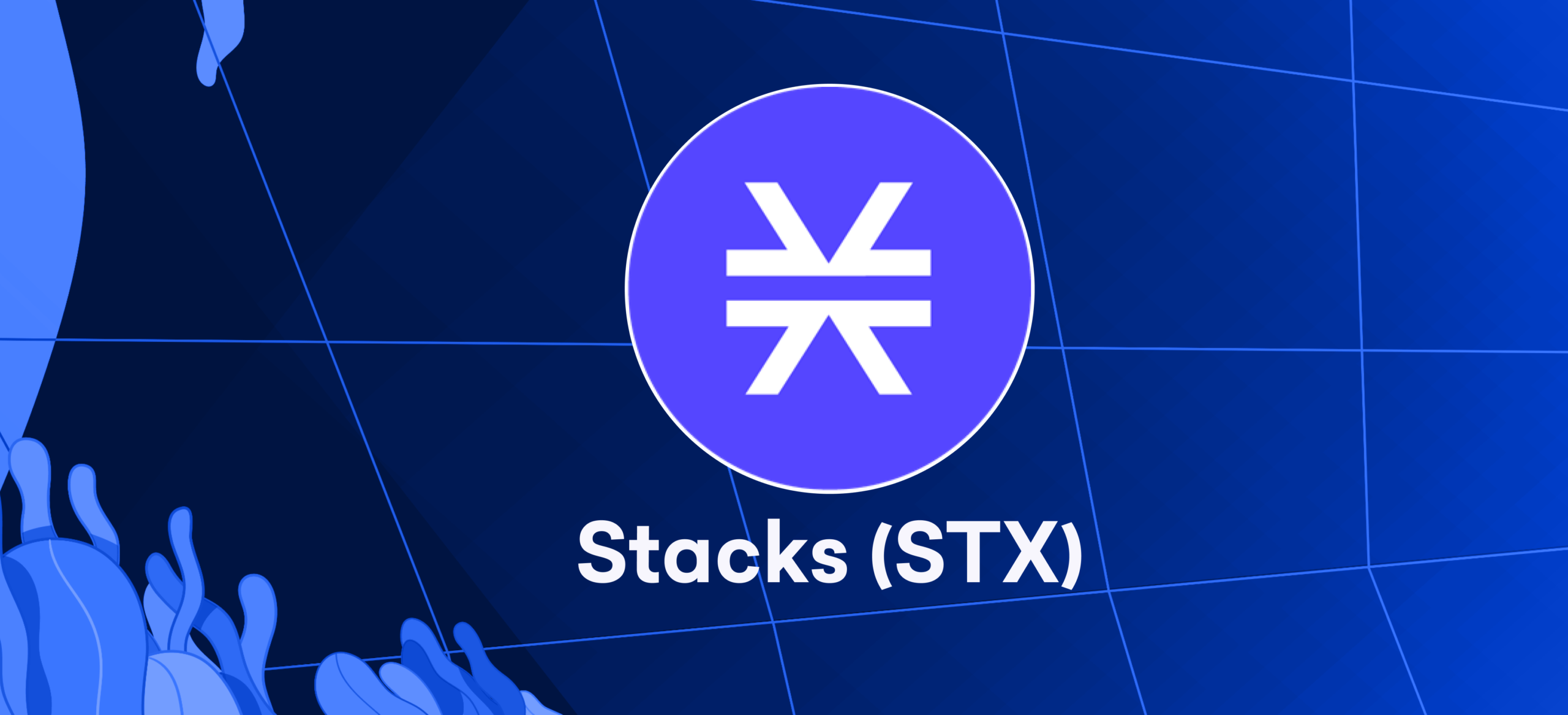
Are you ready to dive into the exciting world of crypto trading but unsure where to start? Fear not! This beginner’s guide has got you covered. Discover the ins and outs of different cryptocurrencies, learn how to buy and sell them like a pro, and pick up essential strategies to help you succeed. With this guide, you’ll be well on becoming a crypto trading master.
The trading strategy is where investors can get creative. From day trading to swing trading and more, there are endless strategies. Finding a strategy that fits your trading style and risk tolerance is the key to success.
What is a Trading Strategy?
A trading strategy is your roadmap to profits, utilizing predefined rules and criteria to make smart investment decisions. Whether you prefer value or growth, big or small market caps, or technical or fundamental analysis, the key is to use objective data and stick to your strategy.
You must understand the stock market and your own financial goals and risk tolerance to develop a successful trading strategy. You regularly monitor the market and adjust your strategy as needed. Successful traders demonstrate discipline and follow their strategy, even when the market performs poorly. A solid plan improves your chances of success in the stock market.
How to Build A Crypto Trading Strategy
For people just starting with trading, we want to show you an easy way to make a trading plan. This plan will help you determine what’s happening in the market, develop trade ideas, and make trades with a low chance of losing.
Some other plans might be too hard for beginners because they need different skills, like knowing how to code or being good at math. But if you already know how to analyze market data or program trading systems, those plans could work for you too.
This plan is a good starting point because it teaches you essential skills you can use later on, even if you find a different plan that works better for you. Once you get good at using this plan, you can use what you learned to try other trading plans.
- Fundamental analysis can help you identify good crypto assets to buy (go long) or sell (go short).
- After you decide whether to buy or sell, you can use technical analysis and price action to find the right time to make your trade.
- Make a plan for managing risks and trades. This plan should say when you will start and stop trading, how much you will trade, and what you will do in different market situations.
You don’t always have to predict the market ideally to be successful, but if you can, it will help you win more often because you will make trades with better rewards compared to the risks. The more you practice using this trading method daily, the better you will get at guessing what the market will do.
Crypto Trading Strategies
An efficient trading strategy can reduce financial risk and prevent rash and impulsive decisions that result in significant financial losses. As a beginner, you can understand the world of highs and lows by trading on the Binance Futures testnet. Below are some popular strategies among crypto traders.
HODLing (buy-and-hold)
HODL is a word made from a mistake on the Bitcoin Talks forum. It can also mean “Hold On for Dear Life.” HODLing means buying a large amount of cryptocurrency and keeping it safe for potential growth in the long term. It’s a simple strategy, but it’s worked well for some people, especially with Bitcoin’s significant increase in value.
HODLing also has risks. It limits your choices, and if you don’t buy at the lowest point and the market goes down, you can only wait or sell and lose money, which can be stressful. That’s why you should only invest what you can afford to lose.
Dollar-cost Averaging
This technique is a different way of doing HODLing that reduces some risks. The plan is to invest the same amount regularly, no matter the daily price. It helps protect against significant market changes and takes a long-term approach over several months or years, stopping you from making bad timing decisions.
Day Trading
“Day” in day trading means you only hold the investment for a short time, like a few hours. It is more complicated than just holding onto your coins, but it also takes up more of your time. It’s about making short-term investments – you buy a cryptocurrency when you think the price is low, hoping it will go up soon so you can sell and make a profit. Sometimes it doesn’t go the way you expect. You can use different methods to determine how the price will change in the short term.
Swing Trading
Swing trading in cryptocurrency means you buy and hold onto your investments for longer than one day. You watch for changes in the market until the trend you see is finished or starts to change. This way of trading takes up less time and focus, but you still have to spot trends quickly when they start. Holding onto your investments for longer might mean you can make more money, but it can also lead to bigger losses if the price moves in the wrong direction.
Trend Trading
Trend trading is a way of investing where you hold onto your investments for several months or longer. The goal is to catch a trend and make money from it. A trend trader might buy stocks and hold onto them when the market is going up. When the market is going down, they might sell stocks they don’t own and hope to repurchase them at a lower price. To make decisions, trend traders often look at important events that might take a long time to impact the market. It is called fundamental analysis—some benefit from changes that happen slowly over time.
Automated Trading
People who like the idea of short-term trading but don’t have much time or patience can use trading bots. Trading bots are software that trades for you while you’re busy or sleeping. You can choose what the bot trades, from simple stop losses to more complex price movements. However, a trading bot is not like an intelligent robot. It only does what it was programmed to and can’t think for itself. Find a strategy that works for you and researches the market before making financial decisions. Keep in mind no analysis is perfect.
3 Key Concepts Of Risk Management
Trade and risk management are essential concepts in finance. They help traders make informed decisions and protect their investments. Trade management involves deciding when to buy and sell stocks, while risk management involves minimizing the potential for losses.
One key concept in trade management is setting goals. Traders need a clear idea of what they want to achieve with their investments. It can help guide their buying and selling decisions. Another important concept is diversification, which involves spreading investments across different stocks and industries to reduce risk.
Below are three key concepts of risk management that make your trade even more profitable.
- Position sizing
- Scaling
- Stop losses
Position Sizing
Position sizing is how much crypto you will buy or sell. Limiting how much money you could lose if the trade doesn’t go well is essential. For new traders, it’s a good idea to only risk 1% to 2% of your total crypto portfolio on short-term trades and 5% on longer-term trades.
Let’s say you have $2,000 in your crypto account and want to buy a token that costs $20 each. To limit your risk, you want only to lose 2% of your account, which is $40. Based on your research, you also know that you should close the trade and sell the token if it drops to $10.
Scaling
It’s hard to know precisely when the market will change or how much it will change. So, break it into smaller parts instead of putting all your money in at one price. For example, you want to buy a token for $10. But it could go down to $8 before it goes up again. Split your order into different prices to ensure you get all the benefits. That way, you can get in at the best price and get the most money back.
Stop Losses
In your trade plan, you leave a trade entirely because of a stop loss. It is because something has happened that makes your trade idea not work anymore. It could be because the price moved in a way you didn’t expect, a tool you used showed a signal, or something big happened in the market. You might use all of these things to make your decision.
Advantages Of Trading Strategies
Trading strategies aid traders make smart decisions by providing a plan for buying and selling stocks. The strategy guides traders on what to do in different market conditions, preventing them from making emotional decisions that may result in losses. A well-crafted strategy helps traders stick to the plan and avoid deviation, leading to better returns.
With a trading strategy, traders increase their chances of buying low and selling high, resulting in higher profits. The strategy also identifies good trade entry and exit points, enabling traders to make quick decisions and seize market opportunities. It leads to improved performance and increased returns over time.
Disadvantages Of Trading Strategies
Trading strategies also have drawbacks. The difficulty of developing and implementing them constitutes one disadvantage. Traders must master market conditions and trends to craft a successful strategy, which takes time and effort and may not yield consistent results. Market changes can render strategies outdated, so traders must regularly review and update them.
Another disadvantage of trading strategies is that they limit flexibility. Following a set strategy, traders risk missing other market opportunities and reduced returns. Strict adherence to a strategy can lead to missed trades, and sudden market changes may prevent traders from reacting quickly enough to seize new opportunities, resulting in losses.
Final Thoughts On Crypto Trading Strategies
Devise a crypto trading strategy that fits your financial goals and personality style by exploring the most common strategies. Follow and track each strategy without breaking your rules, and keep a trading journal or sheet to analyze performance. Note that you can stick with a different strategy for a while. With enough data and trading records, adjust and adapt your methods as you gain trading experience. Allocate other parts of your portfolio to different strategies for proper risk management and to track each strategy’s performance.








